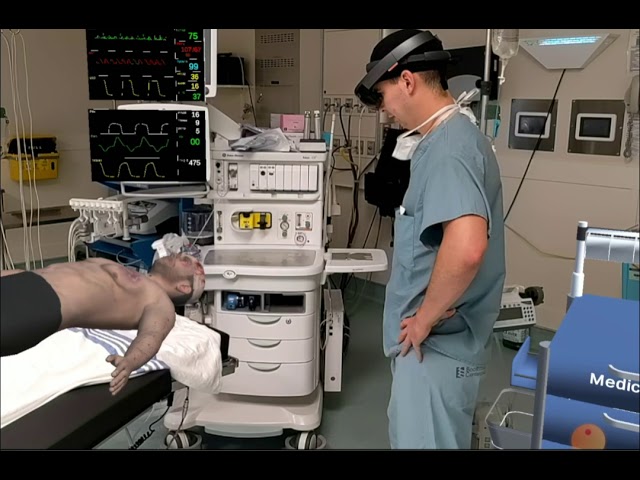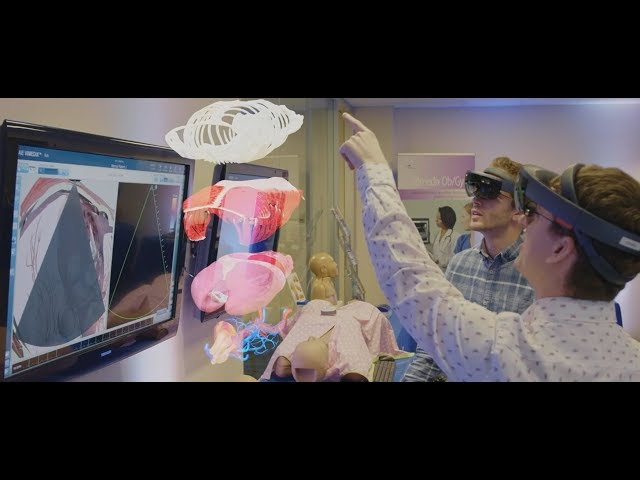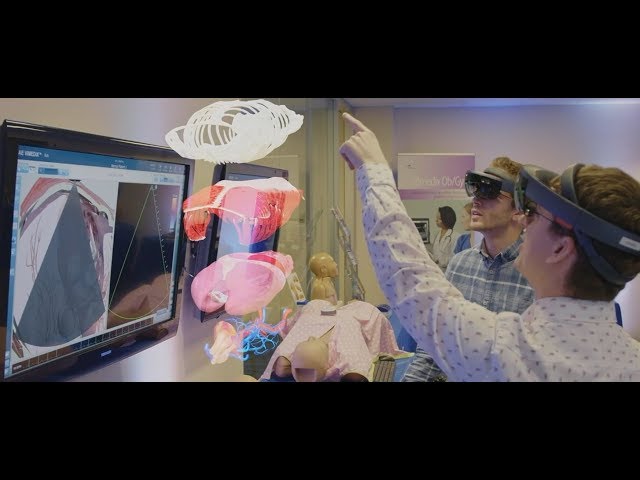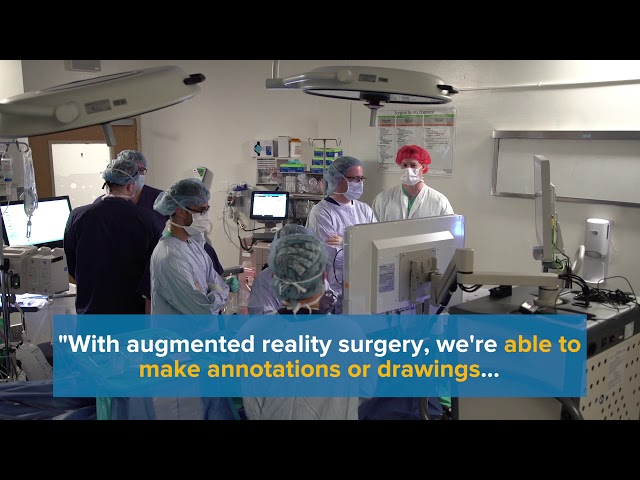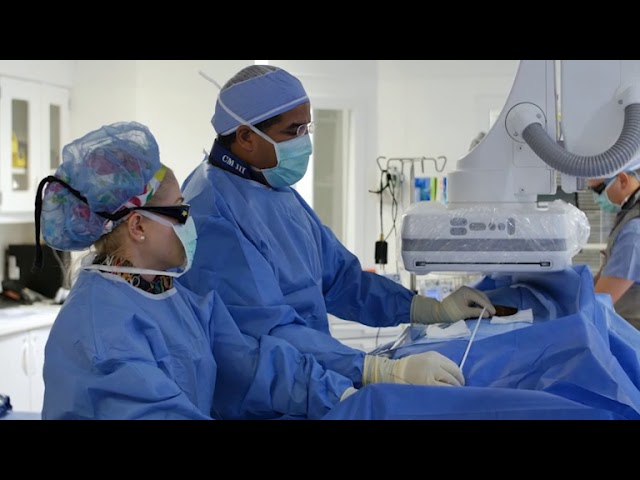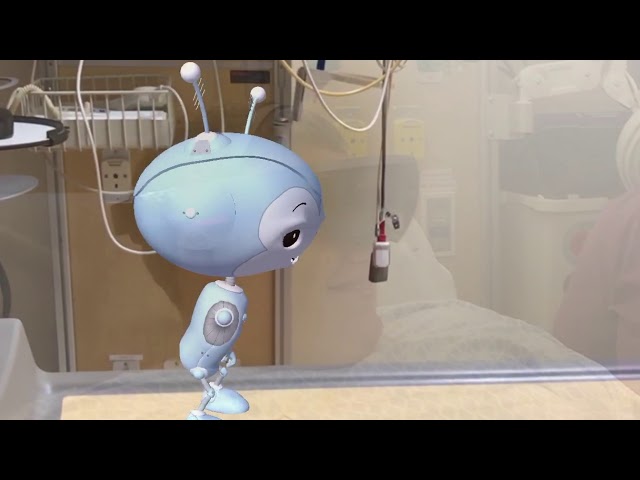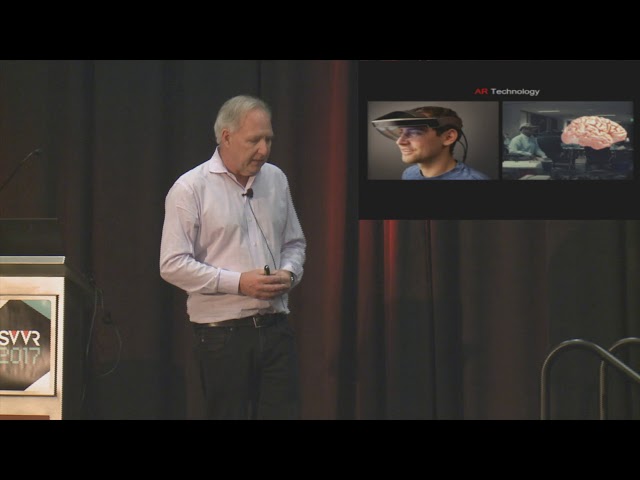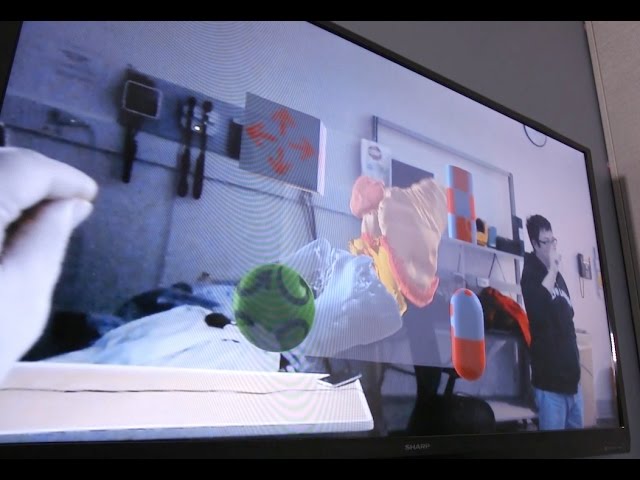This new AR program hopes to train future health care workers on various emergency medical situations from literally anywhere. Learn more: http://health.sunnybrook.ca/innovation/augmented-reality-ar-train-medical-experts/
Video category: AR in healthcare
Augmented reality use cases in healthcare
CAE HPSN World 2019 “Augmented Reality in Healthcare” Panel
Presenting the future of #mixedreality in healthcare simulation during #hpsnworld19 with Eric Kamont of #Microsoft followed by a discussion on Microsoft #HoloLens in healthcare training. Panelists include Jay Reid of Medtronic, Dr. Davinder Ramsingh of Loma Linda University, Dr. Jared Staab of University of Kansas Medical Center and Eric Kamont with moderator Devin Johns of CAE Healthcare.
CAE and Microsoft – Improving Safety with Innovative Training Technology
CAE offers virtual-to-live, simulation-based training solutions that assess human performance and help improve overall safety from healthcare and civil aviation, to defense and security operations. In working with Microsoft, #CAEHealthcare uses advanced #healthcaresimulation and #augmentedreality technology (Microsoft HoloLens) to train clinicians and health care providers to improve #patientsafety. Learn more at https://caehealthcare.com/hololens/
JJRR Ep37 Re-inventing medical school education – Augmented reality applications for HoloLens -…
Jeff Mlakar is a technologist who's found his dream job developing cutting edge applications in augmented reality. Listen to Ep37 as Jeff describes how he first discovered Microsoft's HoloLens and how now he's helping Case Western Reserve University and the Cleveland Clinic reinvent medical school education. Through the Interactive Commons at CWRU, Jeff and his team are eliminating the need for a physical cadaver lab for the new med school and replacing it with a shared augmented reality curriculum. www.case.edu/ic https://www.youtube.com/watch?v=h4M6BTYRlKQ https://www.youtube.com/watch?v=O55N7XYyp6g https://www.youtube.com/watch?v=arqO9vgS000 https://www.youtube.com/watch?v=l2NnOCLexOE https://www.youtube.com/watch?v=xtJkPUbK5P0s 03:56s Reinvention of medical school education as we know it 06:58s The interdisciplinary center at Case Western Reserve University 08:45s The 20th century classroom experience 10:30s Jeff’s background in technology and discovering Microsoft’s Hololens 13:02s Teaching gross anatomy without the use of a cadaver laboratory 15:40s Microsoft’s mixed reality headset, the Hololens 20:40s Cleveland Clinic and CWRU leading Hololens application development 23:15s Biomedical illustrators and 3D animators from Cleveland Institute of Art 26:58s Building scalable infrastructure / software platforms 29:48s Virtual reality vs augmented reality and the value of shared experiences 32:35s Demoing an architecture 3d model application and using existing 3d content 37:45s Controlling and experiencing virtual images with Hololens 41:45s Sharing experiences with others over the internet with wifi 45:15s Having remote meetings but sharing space with avatars i.e. “Jedi Council” 53:32s Trying things and seeing what works, exploring applications 55:53s Shifting mindset from no to let’s try it 57:38s Realizing how much fear has been ingrained with the old learning process “This is the next revolution of how we interact with technology” “If we don’t have that physical co-presence with each other, it’s really difficult to have a full, really impactful educational experience. That’s why the Hololens is a game changer for us.” Enjoy this episode? Share it with friends! Click Subscribe in iTunes!
Using Augmented Reality to Improve Precision in Sinus Surgeries
Seeing is believing when it comes to the new augmented reality technology being used for the first time in the U.S. for sinus procedures at Memorial Hermann-Texas Medical Center in Houston.
Hololens In-Action at Cleveland Clinic
Cleveland Clinic, Case Western Reserve University and Microsoft are transforming healthcare with the augmented reality system known as Hololens. Using the system for educating the next generation of caregivers and studying ways to take it from the classroom to the exam room and ultimately the operation room, researchers are ushering in a new generation of medicine.
Augmented Reality software from Lucile Packard Children’s Hospital Stanford Chariot Program
Robots Ben and Jerry aid a young patient at Lucile Packard Children's Hospital Stanford before his procedure. Learn more at http://chariot.stanfordchildrens.org
Where augmented reality meets healthcare | Nadine Hachach-Haram | TEDxCoventGardenWomen
In this highly inspiring talk, Nadine Haram Hachach illustrates how technological innovations are reshaping healthcare and medical services. By sharing her journey developing an augmented reality collaborative platform combining the power of telecommunication and augmented reality, she demonstrates how technology can become an unstoppable force for good. This talk was given at a TEDx event using the TED conference format but independently organized by a local community. Learn more at https://www.ted.com/tedx
Medical Applications of VR and AR Technology | #SVVR2017
Walter Greenleaf, PhD, Stanford University Medicine and health care will be one of the largest and deepest markets for virtual reality and augmented reality technology. This workshop will bring together the leading research scientists, clinicians, and entrepreneurs to discuss the opportunities and challenges of developing clinical and wellness products that leverage VR/AR. Examples will be provided demonstrating how VR/AR technology is being used to improve clinical assessments, promote wellness, revolutionize medical treatments, and revamp medical training. ------------------------------------------------------------------------- ▼ Visit our page for more info ▼ http://www.svvr.com ------------------------------------------------------------------------- ▼ Connect with Us ▼ ▷ Twitter → https://twitter.com/SVVRLIVE ▷ Meetup → https://www.meetup.com/SiliconValleyVirtualReality ▷ Facebook → https://www.facebook.com/SiliconValleyVirtualReality ▷ Snapchat → http://snapchat.com/add/SiliconValleyVR ▷ Instagram → http://instagram.com/SiliconValleyVR -------------------------------------------------------------------------
Augmented reality: HoloLens for patient, medical education
The University of Massachusetts Medical School is collaborating with Microsoft to research how the virtual reality tool, HoloLens, could help teach doctors anatomy and educate patients.

